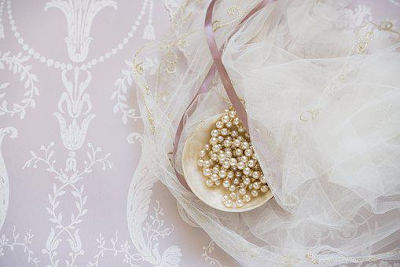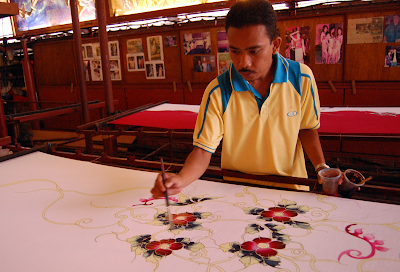Featured
- Get link
- X
- Other Apps
WHAT IS AN A-LINE DRESS?
The phrase "A-line" refers to a dress, skirt, or coat with a triangle form that is thin and fitting at the top and widens out in a straight line from the breast or waist to the hem.
It is more clearly understood to refer to a structured garment that stands off from the body to create the A's sides.
A-line clothing' fronts are often cut in one piece, with darts for fitting, and the skirts are frequently without a waistband.
Each new collection was organized around a distinct theme, and each was given a name that described or recalled that idea.
He designed three closely linked collections based on the forms of the letters H, A, and Y in 1954 and 1955, which signified a departure from the heavily accentuated, nipped-in waist that had been the dominating profile since his 1947 "Corolle Line" (or "New Look") collection.
The "A-Line" collection, with narrow shoulders and a smooth, trumpetlike flare toward the hem, was the most influential of these; the lengthened waistline, either high beneath the bust or down toward the hips, created the crossbar of the A.
A fingertip-length flared jacket worn over a dress with a very voluminous, pleated skirt was the defining style of this collection (according to Vogue, 1 March 1995, p.
95), and although it was definitely an A-shape, this design was significantly distinct from what was eventually understood by "A-line." The A-Line collection established an example that was not immediately followed, and Christian Dior experimented with various concepts in later seasons, but the A-shape concept was a hit, and the phrase rapidly became commonplace.
The A-line was one of a slew of controversial mid-to late-1950s designs that de-emphasized the waist and introduced a more relaxed, casual aspect to fashion; chemise and sack dresses, loose tunics, and boxy suits were all displayed by Dior, as well as other couturiers, most notably Balenciaga and Chanel.
The Spring 1958 "Trapeze Line," introduced by Dior's successor, Yves Saint Laurent, in his debut collection for the house of Dior, was the most dramatic of all, in which the A-line notion was given its final expression.
Many people thought the Trapeze silhouette, in which gowns flared out significantly from a fitted shoulder line, was excessive, but it did define the A-line dress, with its highly structured, clear lines, as a contemporary appearance.
In the early 1960s, a more muted version of the A-line form was introduced, and A-line dresses and skirts remained fashionable into the mid-1970s.
The new loose silhouette was an update of the sack form, with dresses and tunics hanging freely from an exaggerated shoulder line.
By the early 1980s, however, A-line clothing, and flared shapes in general, had almost totally vanished.
Later in the decade, certain 1960s fashions got a retro resurrection, although straight skirts were necessary to balance the appearance as long as the shoulders remained padded and the tops were loose-fitting.
Closely fitting clothing with narrow shoulders and tight sleeves were not renewed until the late 1990s, when the retro movement embraced the fashions of the 1970s, and A-line skirts and dresses were reintroduced.
After almost two decades of straight skirts and dresses, the phrase had fallen out of favor to the point that its previous, more precise definitions had been lost.
It refers to any dress that is broader at the hips than at the bust or waist, as well as a number of flared skirt designs.
However, with the resurgence of actual A-line designs in the early 2000s, there are hints that the terminology used to describe them are making a comeback as well.
Find Jai on Twitter | LinkedIn | Instagram
See also:
Chemise Dress; Dior, Christian; Saint Laurent,Yves.
References And Further Reading:
Keenan, Brigid. Dior in Vogue. London: Octopus Books, 1981. Excellent chronological and thematic guide to the Dior collections and their influence.
Musheno, Elizabeth J., ed. The Vogue Sewing Book. Rev. ed. New York: Vogue Patterns, 1975. Contains helpful typology, with illustrations, of 1960s–1970s garments and style terms.
- Get link
- X
- Other Apps



















